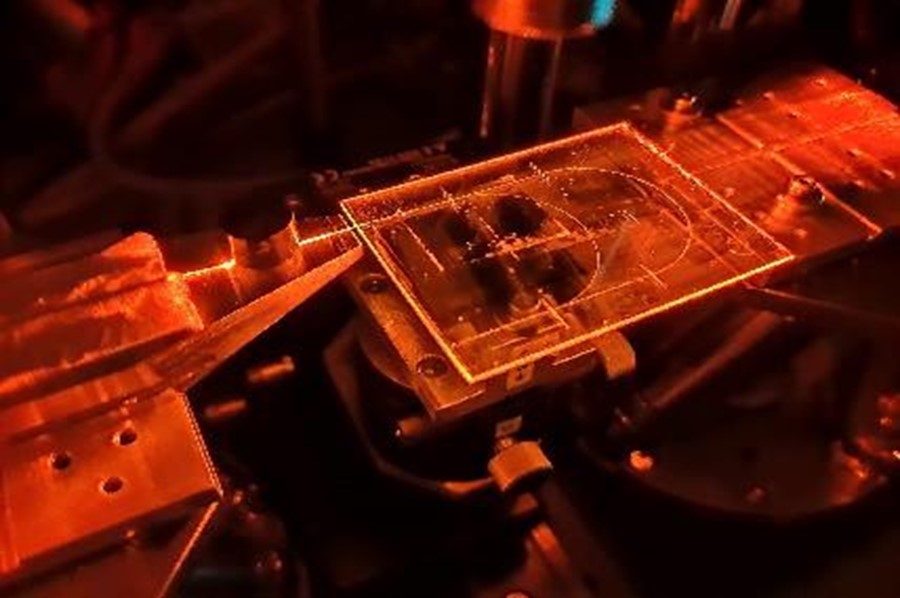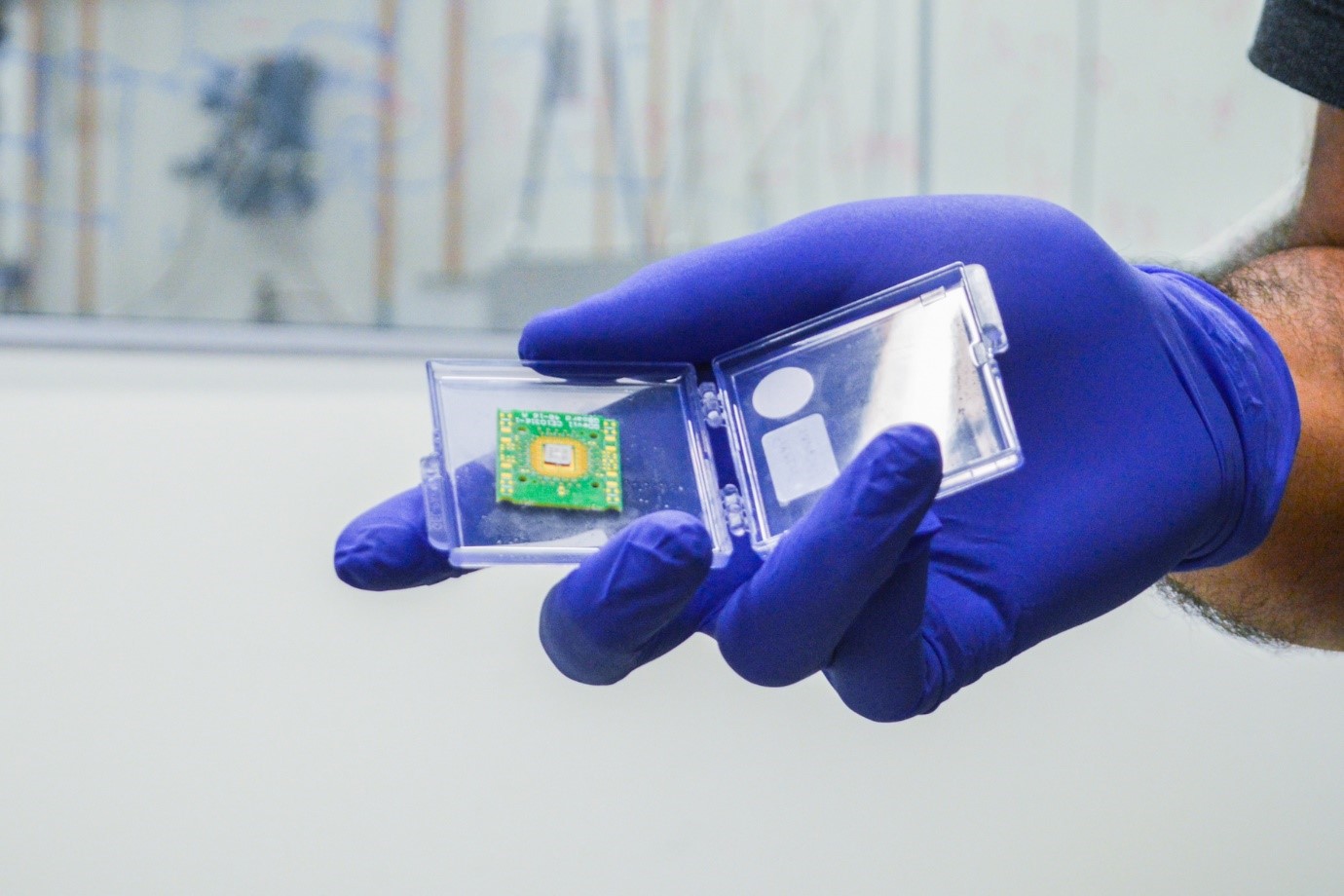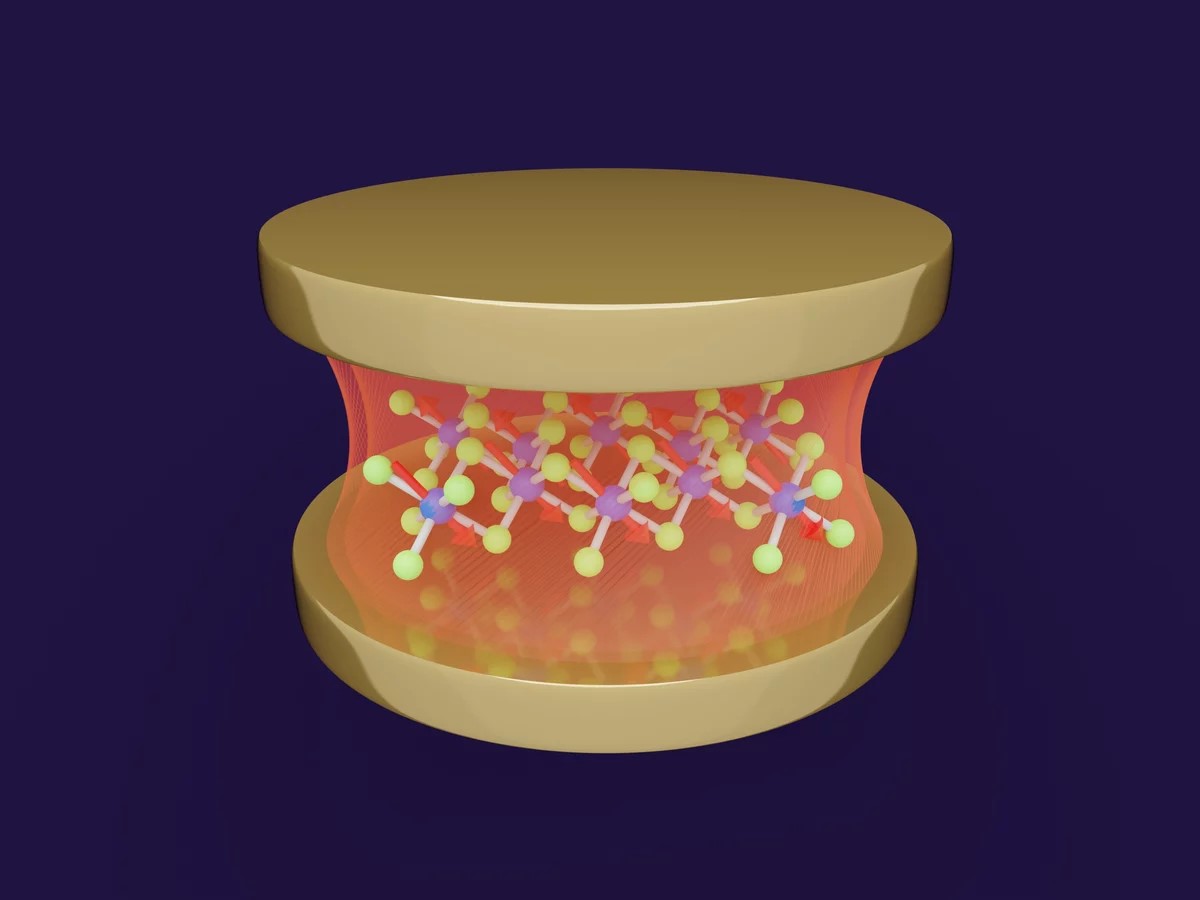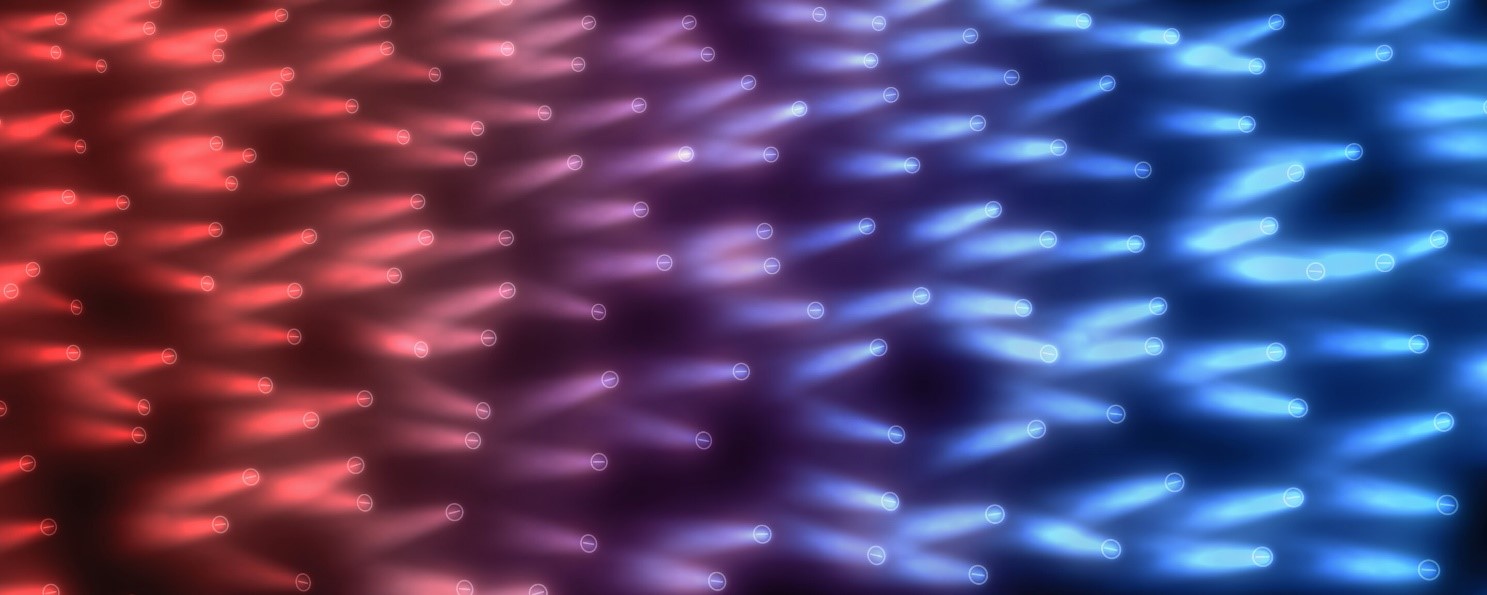Tiny Devices Assembled Automatically Using Quantum Forces
Utilizing the Casimir effect's extremely weak attraction, researchers have developed tiny gold devices capable of manipulating light. These devices harness peculiar quantum phenomena residing within seemingly vacant space. Physicist Hendrik Casimir proposed in 1948 that objects positioned closely in space experience a faint attraction due to the subtle fluctuations of quantum fields between them. Laboratory experiments have since validated this Casimir effect. Betül Küçüköz and her team at Chalmers University of Technology in Sweden have now devised a method to leverage this effect for practical applications.
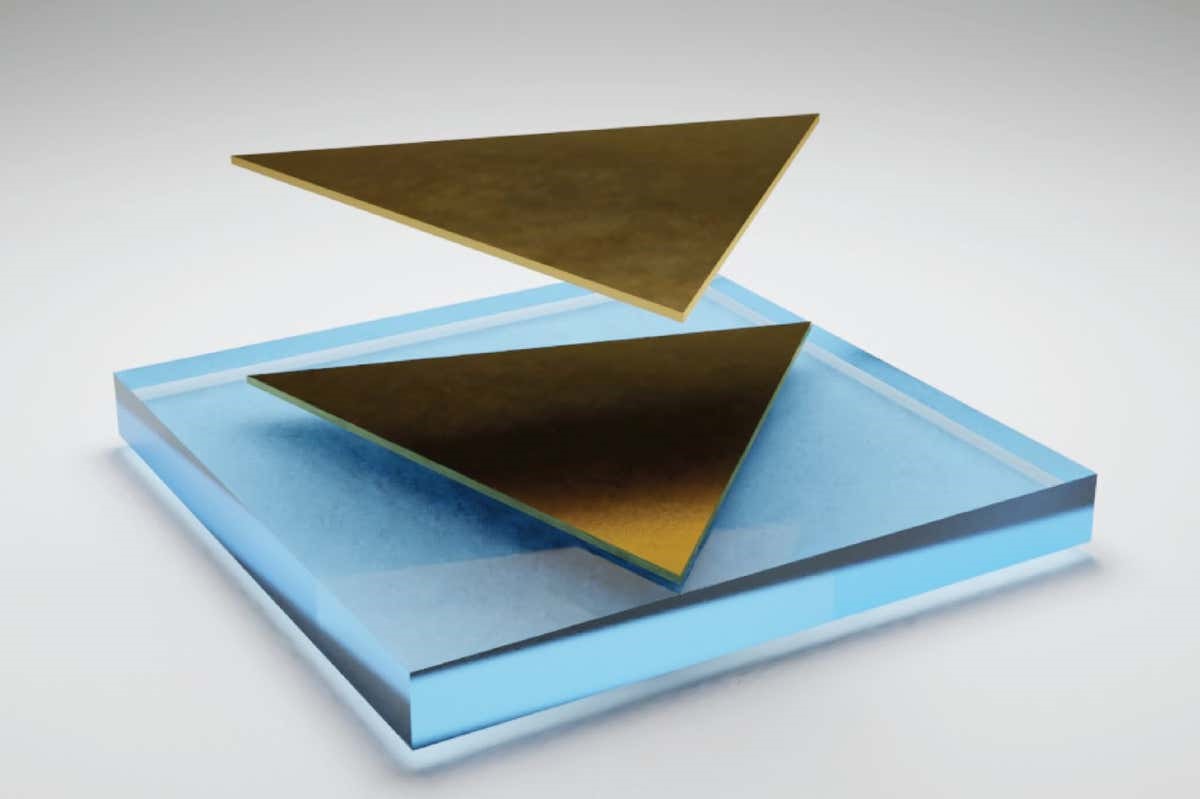
Figure 1. Mysterious Quantum Forces Manipulate Triangular Gold Flakes
Figure 1 show in Mysterious Quantum Forces Manipulate Triangular Gold Flakes. They aimed to construct a light-trapping cavity using two parallel pieces of gold, creating an enclosure where light would continuously bounce back and forth. Initially, they formed the lower end of the cavity by embedding a triangular gold flake, ranging from 4 to 10 microns in size, onto a small glass substrate. [1] For the upper end, instead of affixing it with a conventional method, the researchers submerged the glass-mounted gold flake in a saline solution containing additional triangular gold flakes, relying on natural forces for stabilization.
Among these forces was the electrostatic force generated by electrical charges from the dissolved salt, along with the Casimir effect. Küçüköz observed numerous iterations of the experiment under a microscope, consistently witnessing the Casimir effect in action. This effect prompted one of the free-floating gold flakes to approach the glass-embedded one, inducing rotational motion until the triangular footprints of both flakes aligned.
With this, the cavity assembly was finalized, enabling light trapping. Küçüköz notes that the researchers had significant control over the cavity formation process. For example, varying salt concentrations allowed them to adjust the electrostatic force's strength, resulting in cavities with slightly varied dimensions. Distances between the flakes ranged from 100 to 200 nanometers, enabling the trapping of light of various colors.
Raúl Esquivel-Sirvent from the National Autonomous University of Mexico notes that the concept of self-assembly, akin to tossing a Lego set into a pot and witnessing a structure emerge without manual intervention, is not novel. However, he underscores that the team's experiment is more intricate and controlled compared to previous efforts utilizing the Casimir effect for similar objectives. Nevertheless, Esquivel-Sirvent highlights the subtle nature of the Casimir effect, suggesting the possibility of other undetected effects at play. Moving forward, Küçüköz and her colleagues aim to incorporate their cavities into more intricate light experiments, including those involving objects positioned within the cavity between the two gold flakes.
Source:Science Advances
References:
- https://www.newscientist.com/article/2428182-quantum-forces-used-to-automatically-assemble-tiny-device/
Cite this article:
Janani R (2024), Tiny Devices Assembled Automatically Using Quantum Forces, AnaTechMaz, pp.123


